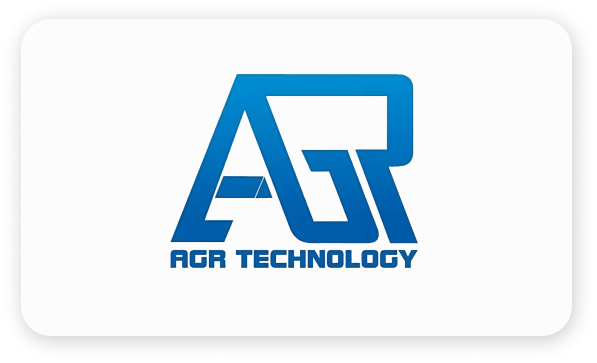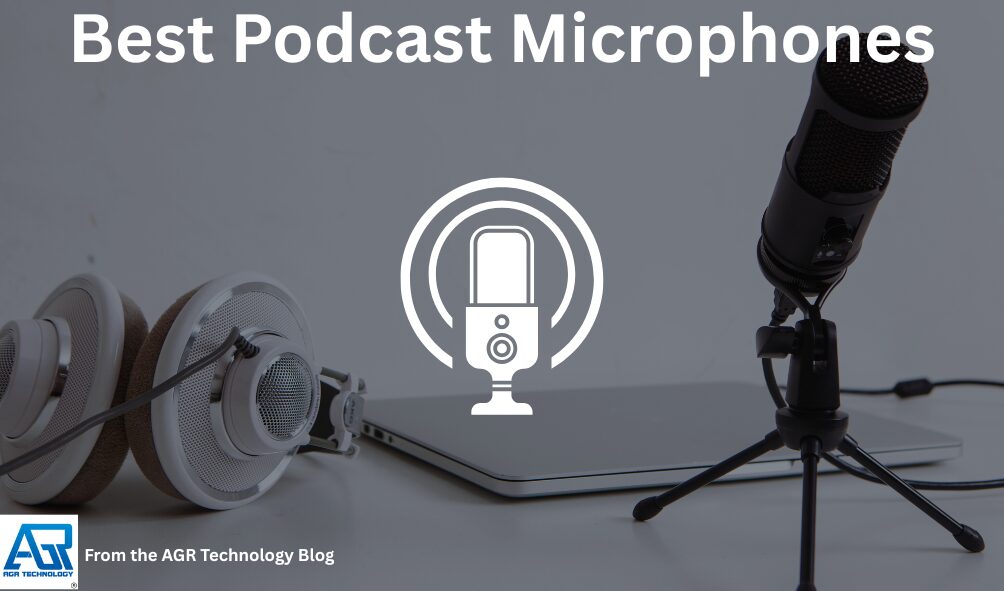Best Podcasting Microphones for Studio-Quality Sound For December 2025
Podcasting’s exploded in recent years and whether you’re a seasoned host or just starting out your microphone can make or break your sound. Crisp audio keeps listeners coming back while muddy or echo-filled recordings can send them searching for something better. With so many microphones on the market it’s tough to know which one will capture your voice just right. From USB plug-and-play options to professional XLR mics there’s a perfect fit for every budget and setup. We’ve rounded up the best podcasting microphones to help you find the one that’ll make your voice shine and your show stand out.Best Podcasting Microphones: Top Picks And Features


The Logitech Creators Blue Yeti USB Microphone delivers studio-quality sound for podcasts, streams, and gaming. Its tri-capsule array ensures crystal-clear audio, while plug-and-play compatibility makes setup a breeze. Durable and versatile, it’s a top choice for creators seeking pro performance on PC, YouTube, Discord, and more.
-
- Blue Yeti USB Microphone
-
- Audio Sensitivity: 45 dB
-
- Maximum Frequency: 20 KHz
-
- Minimum Frequency: 20 Hz
-
- Microphone Form Factor: Tri-Capsule Array
-
- Item Weight: 3.2 Pounds
-
- Product Dimensions: 4.9 x 4.7 x 11.6 inches
-
- Signal-to-Noise Ratio: 70 dB
-
- Hardware Platform: PC, Nintendo DS
-
- Number of Channels: 2
-
- Noise Level: 100 dB
Factors to Consider When Choosing a Podcasting Microphone


The Logitech Blue Yeti Nano delivers rich, broadcast-quality sound in a compact, plug-and-play design. Perfect for podcasting, streaming, or gaming, it features dual pickup patterns, studio-quality audio, and metal build—ideal for creators who want professional results with effortless setup on PC or Mac.
-
- Sound quality matters most when picking podcasting microphones. Look for clear, broadcast-level audio with minimal background noise. Many top mics like the Yeti Nano use 24-bit resolution for great detail and presence, making voices crisp on any podcast episode.
-
- Pickup patterns can influence your podcast sound. Choose cardioid for solo podcasts since it focuses on your voice and blocks out room noise. Opt for omni or multiple patterns if you host interviews or roundtable discussions, capturing more voices with accuracy.
-
- Compatibility and connection type keep your podcast workflow smooth. Most podcasters prefer USB microphones for plug-and-play convenience on both Mac and PC. You’ll skip the hassle and jump straight into recording or live streaming without extra equipment.
-
- Portability and size are key for home studios or small recording spaces. Select a compact podcasting microphone, like the Yeti Nano, which offers powerful sound without clutter. A smaller form factor also means quick setup for remote interviews.
-
- Additional features can enhance your podcast. Some microphones include effects processing, like Blue VO!CE, or adjustable gain controls that help you shape vocal tone and keep audio levels consistent.
-
- Build quality impacts long-term reliability. Go for all-metal construction if you want your microphone to last through countless podcast episodes and travel days.
-
- Price and value should match your needs. Entry-level mics often deliver excellent performance for under $100, while pros might invest $150 or more for advanced features. Weigh your budget against recording needs and find the best balance.
-
- Power requirements may matter in mobile setups. USB-powered microphones reduce clutter and let you record anywhere you have a laptop.
-
- Accessories like stands and pop filters can help eliminate plosives and make set-up easy, so consider what’s included in the box.
Related FAQs About Podcasting Microphones


The Shure MV7+ Podcast Dynamic Microphone delivers studio-quality sound with USB-C and XLR outputs, a smart LED touch panel, auto level mode, and a digital pop filter. Enhanced audio clarity, OBS certification, and versatile effects make it ideal for podcasting, streaming, or recording—perfect for creators seeking professional results.
-
- What makes a dynamic microphone like the MV7+ ideal for podcasting?
-
- Why might a podcaster want both USB-C and XLR outputs?
-
- How do DSP features improve podcasting microphone performance?
-
- Can built-in LED touch panels really help during recording?
-
- Is reverb and real-time noise reduction useful for home podcasting?
-
- What distinguishes the MV7+ from the MV7X model?
-
- How important is the signal-to-noise ratio in choosing a podcast microphone?
-
- Audio Sensitivity: 40 dB
-
- Item Weight: 1.9 lbs
-
- Dimensions: 12.9 x 4.95 x 4.4 inches
-
- Power Source: Corded Electric
-
- Form Factor: Handheld
-
- Material: Metal
-
- Signal-to-Noise Ratio: 60 dB
Tips For Setting Up A Home Podcasting Studio


The FIFINE AmpliGame AM8 USB/XLR Dynamic Microphone delivers pro-quality sound for podcasting, gaming, and streaming. Featuring vibrant RGB lighting, a handy mute button, headphone jack, and sturdy desktop stand, it’s perfect for creators seeking clarity, versatility, and style—ideal for PC setups and YouTube recording.
-
- Choose the right podcasting microphone for your setup. USB and XLR connectors like those on the AM8 let you plug straight into laptops, desktops or audio interfaces. USB mics are super convenient for beginners while XLR offers pro-level flexibility for mixers and higher-end sound cards.
-
- Place your desktop microphone at mouth level to capture clear audio. Try the AM8’s form factor—it stands about 9.65 inches tall, making it ideal for most desk setups and easy to adjust for solo or co-hosted podcasts.
-
- Use accessible controls for instant adjustments. Microphones with touch controls, like the AM8, allow you to manage settings or even change cool RGB lighting. This gives you more focus on the conversation rather than the gear.
-
- Minimize background noise in your podcast recording environment. Hard surfaces reflect sound, so use curtains, carpets, or foam panels to control acoustics. Mics with a high signal-to-noise ratio (like 80 dB) help keep your voice crisp and reduce hiss.
-
- Optimize your studio’s connectivity. With platforms like PC, laptop, mixer, or audio interface compatibility, you’ll be ready to record wherever inspiration strikes. Stream in XLR for group sessions or plug into USB for solo episodes.
-
- Item Weight: 600 Grams
-
- Frequency Range: 50Hz–16KHz
-
- Signal-to-Noise Ratio: 80 dB
-
- Material: ABS Plastic, Metal
-
- Power Source: Corded Electric
-
- Dimensions: 3.35 x 4.96 x 9.65 inches
Conclusion
Finding the right podcasting microphone can make a huge difference in your audio quality and overall production value. Whether you’re just starting out or looking to upgrade your setup, there’s a mic that fits your needs and budget. Prioritize sound clarity, flexible connectivity, and user-friendly features to get the most out of your recordings. Don’t forget to factor in accessories like stands and pop filters to elevate your sound even further. With the right gear and a bit of setup know-how, you’ll be well on your way to producing professional-sounding podcasts that stand out.
![logo-new-23[1] logo-new-23[1]](https://agrtech.com.au/wp-content/uploads/elementor/thumbs/logo-new-231-qad2sqbr9f0wlvza81xod18hkirbk9apc0elfhpco4.png)
